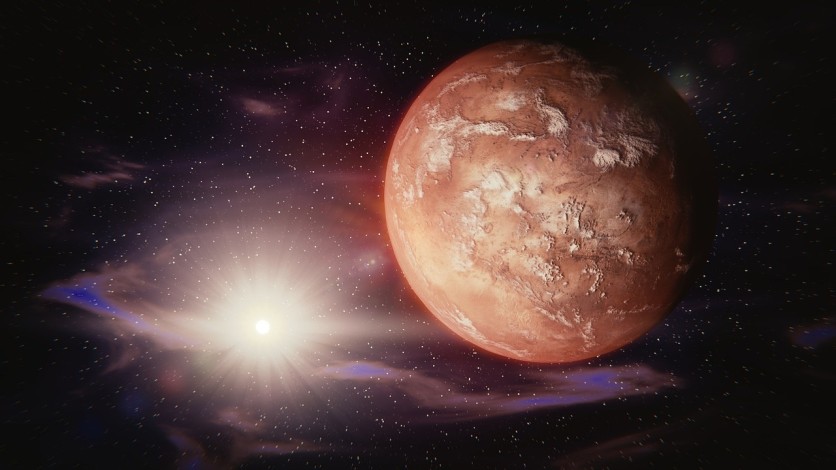The month of May for 2021 has a lot more to offer on top of the popular Eta Aquarids meteor shower, as it brings more cosmic events for people to marvel at and enjoy, including the last Supermoon this year and Mercury. What is even more special is that this Supermoon would also be an eclipse that would block the Sun's light to illuminate the bright white satellite at night.
The world is in for a treat, as all of these would happen during this May, and is not skimping on the display of lights and cosmic occurrences for people to enjoy and get fascinated with on these times. This may be the month for stargazers and fans of the great beyond, especially as it brings the Eta Aquarids Meteor Shower that would show remnants from Halley's Comet.
Read Also : Experts Release Long March 5's Possible Crash Date; Here are Possible Reasons Why You Should Worry
May 2021 Cosmic Events
This May has a lineup full of cosmic events and surprises for the world, joining the festivities of Mother's Day and this month that is dedicated for all the loving Moms out there. Instead of bringing friends to these events, Mom may be the ideal partner to make her feel special and appreciated as these occurrences make their way to be known to humans.
Eta Aquarids Meteor Shower

First off, the Eta Aquarids is the earliest space event that would happen for May 2021, and it would peak by 3:30 AM on Thursday, May 6, to bring a beautiful display of meteor showers from the Eastern horizon. While the meteor shower would last before and after the peak, it would only have a quarter of its display prominence if not viewed on Thursday.
Last Supermoon of 2021: Lunar Eclipse

One of the most anticipated events this May 2021 is the second and last Supermoon of the year, which would be massive as the one from April but would take on a different approach as its positioning is different. Why is that? It is because it would go to the backside, with the Earth blocking the Sun's light, and would feature a Lunar Eclipse.
This will be the only Total Supermoon Lunar Eclipse since January 2019 according to Accuweather, and it would happen by Wednesday, May 26. The best time to go out for this is right before daybreak, at around 3:00 AM UT, having a near-perfect alignment of the Sun, Earth, and Moon.
Mercury to Appear in the Night Sky

Mercury is also set to appear in the Night Sky, and it would be most visible by Thursday night, May 13, until Sunday, May 16. According to Earth Sky, Mercury will be easy to spot immediately as the Sunsets, and it would peak by May 13. It would shine brightest 1 hour and 55 minutes after sunset, in 40 degrees north latitude which is the approximate location of the US.
Mercury can be seen in the Western Horizon, which is also where the Sun sets to transition to dark.
Related Article: Elon Musk Will Try to Deploy His Starship Once Again: Here are SN15 Prototype's Launch Date and More
This article is owned by Tech Times
Written by Isaiah Richard
ⓒ 2025 TECHTIMES.com All rights reserved. Do not reproduce without permission.




